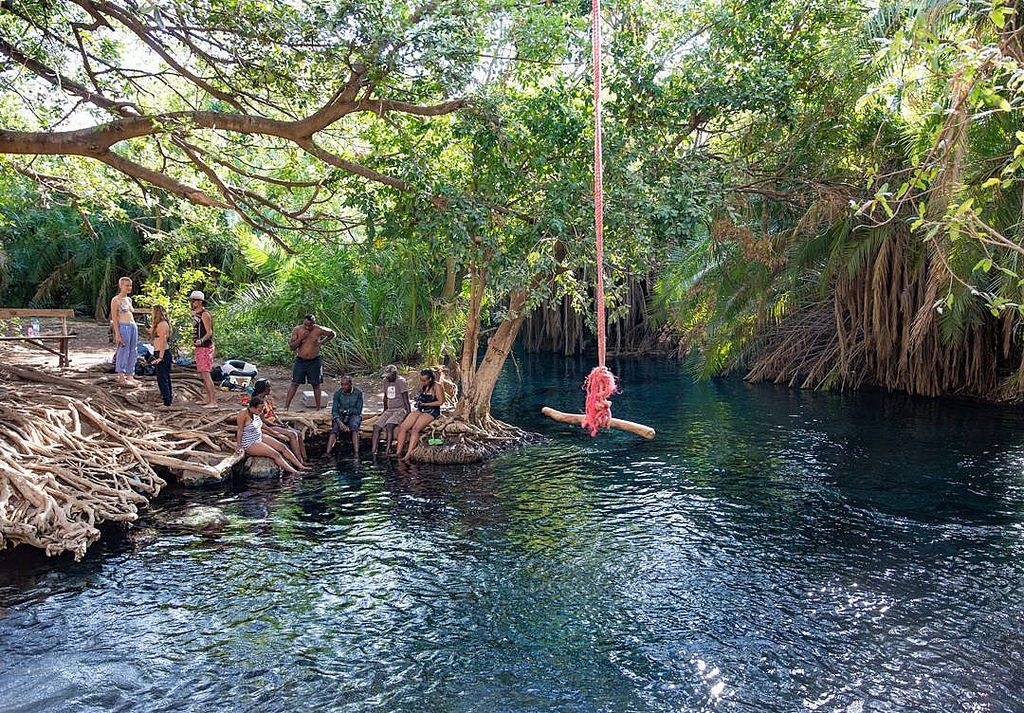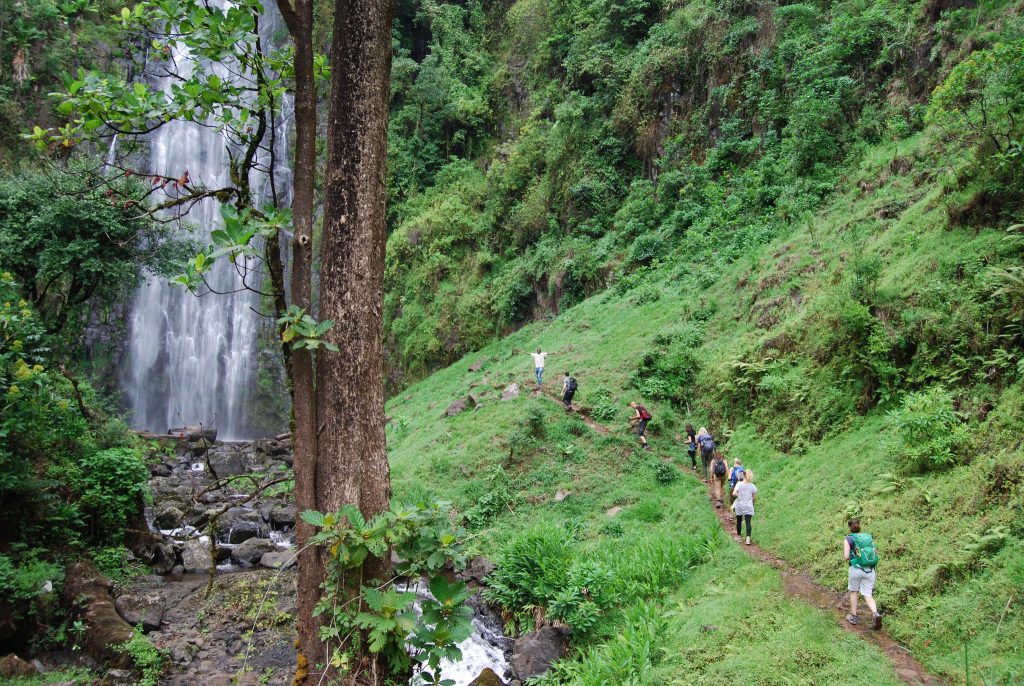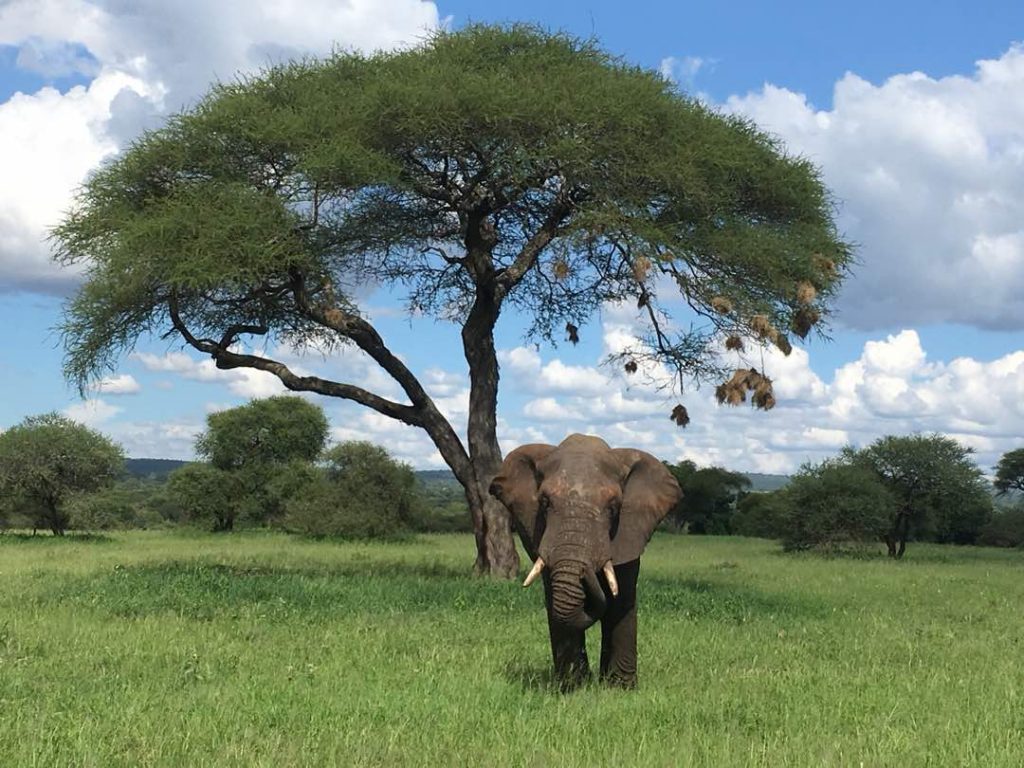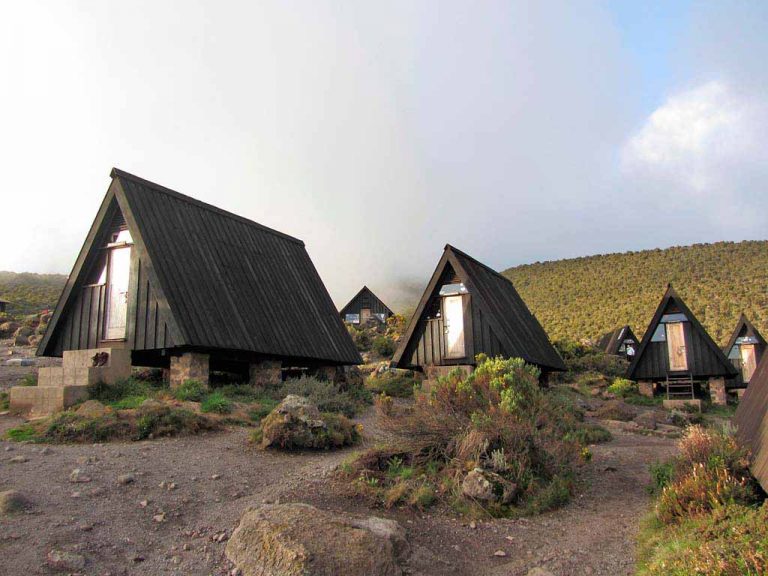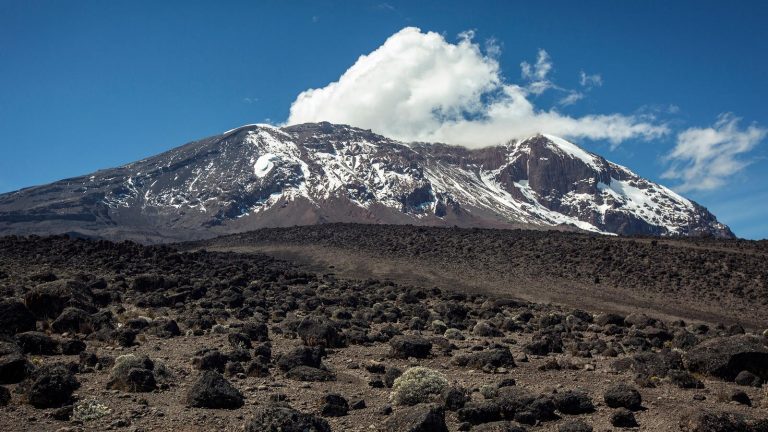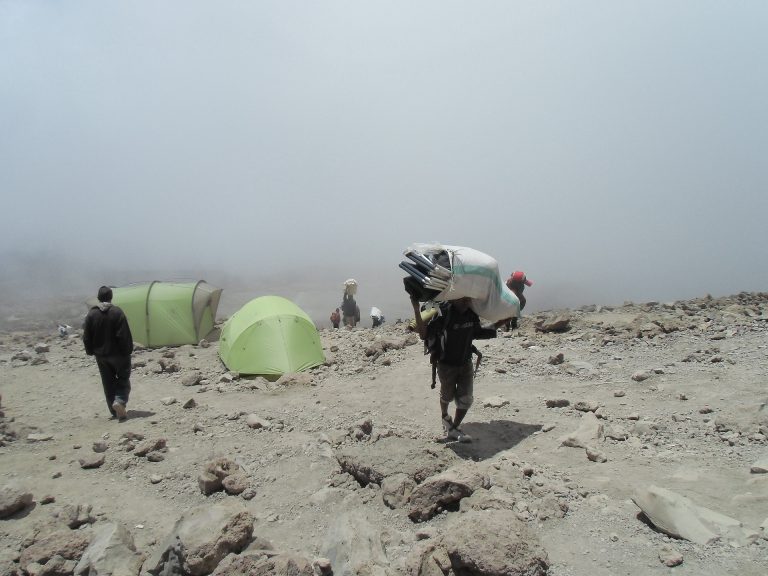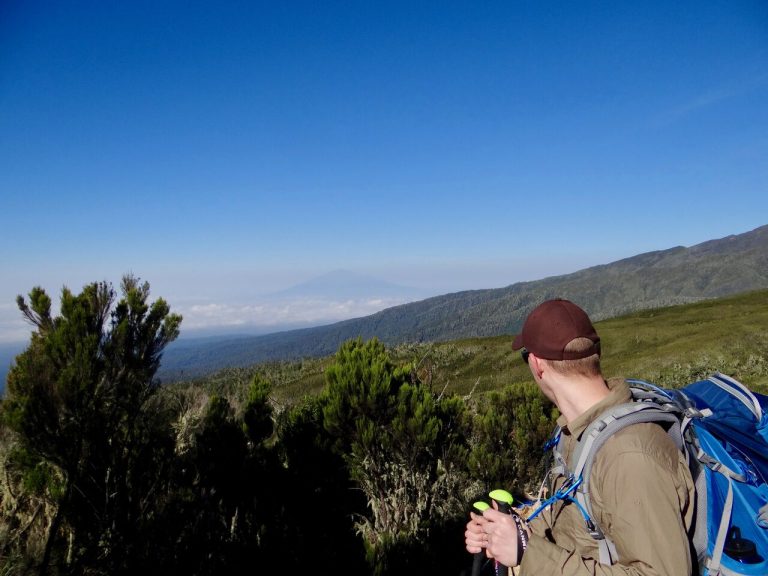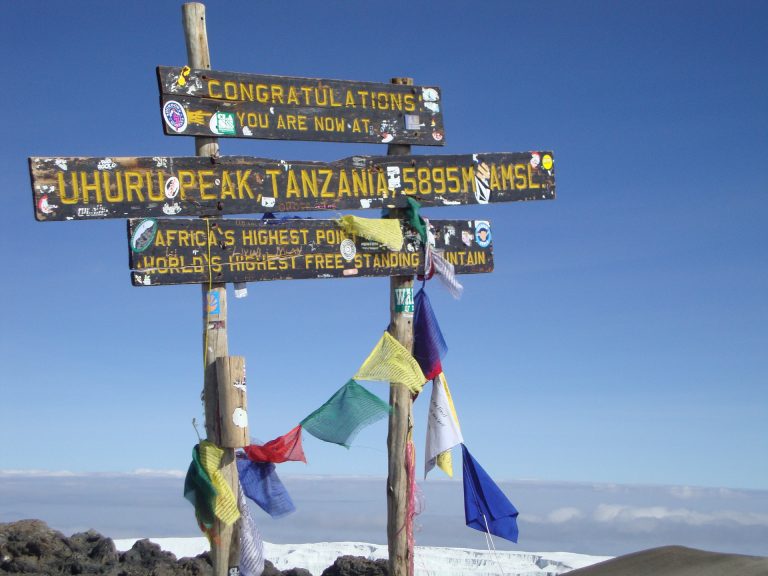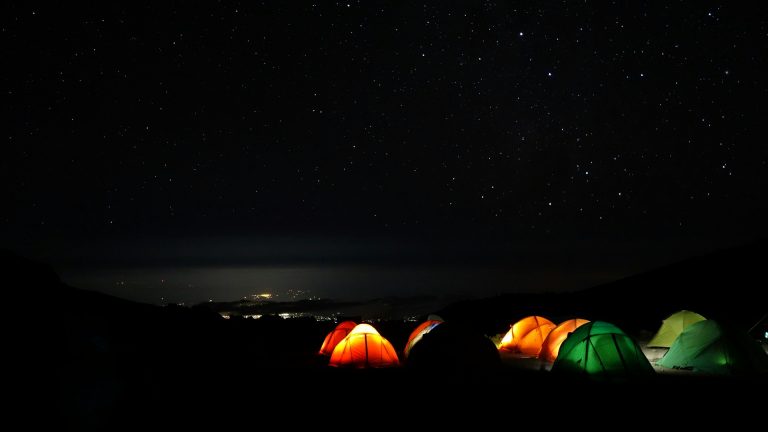





Welcome To Masembo Safari
Masembo Safari is a local Tour Operator, based in Arusha Tanzania. Our goal is to guide you through the adventure of a life-time. From the moment you contact us, to the moment we drop you off at the airport, we provide a made-to-measure experience that you will never forget. Our team is responsive, professional and thorough. We will help you to design your perfect trip, including Tanzania Safari, Zanzibar Beach Holiday and Kilimanjaro Mountain Climbing.
Explore Africa with
Masembo Safari
Discover Our
Best Selling Tours in Tanzania
This specific Africa safari and travel itinerary has been designed for visitors with more time for a longer travel tours. Purposely have
On this safari in Tanzania, you can look forward to the following highlights: Lake Burunge: Lake Burunge is one of three major lakes
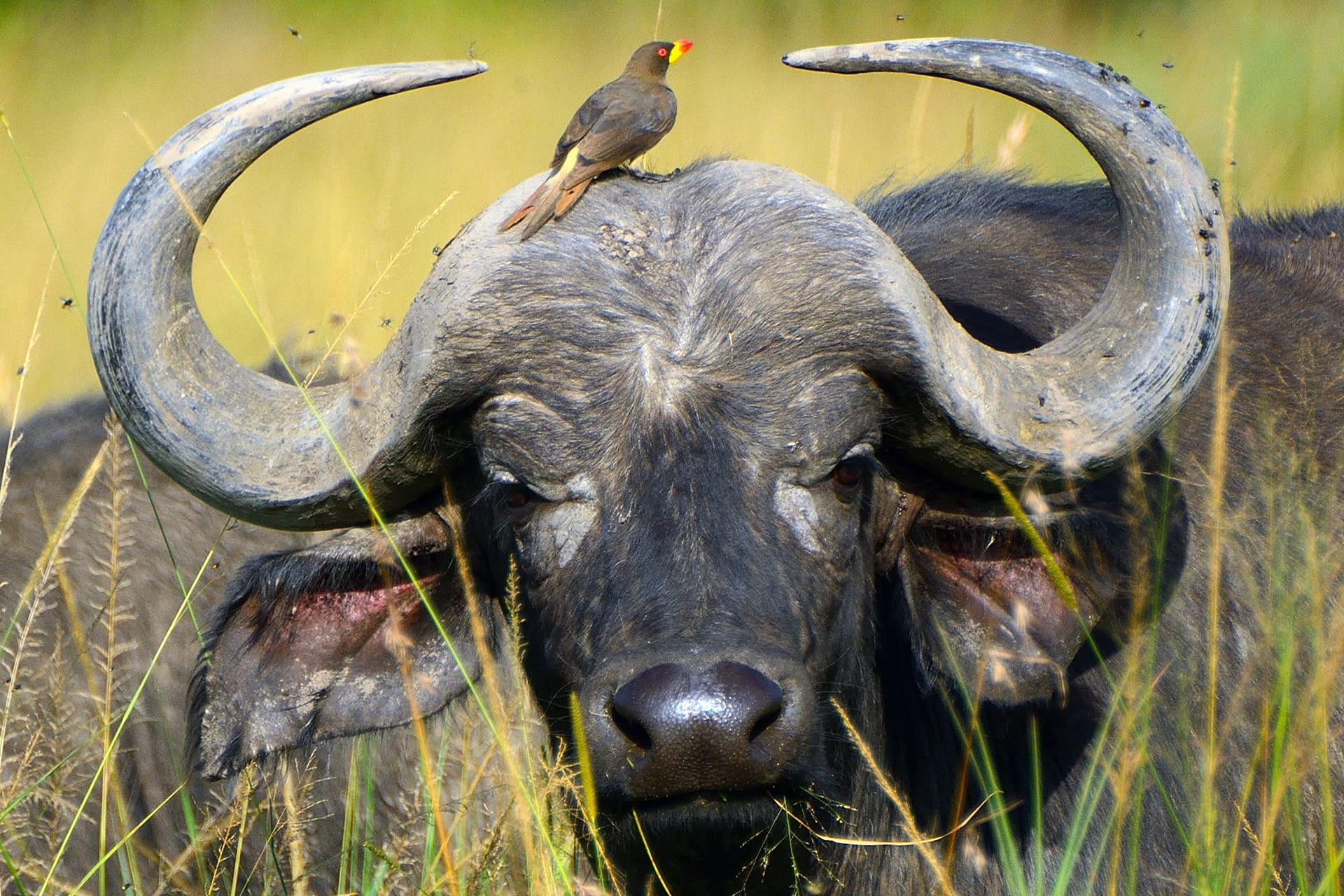
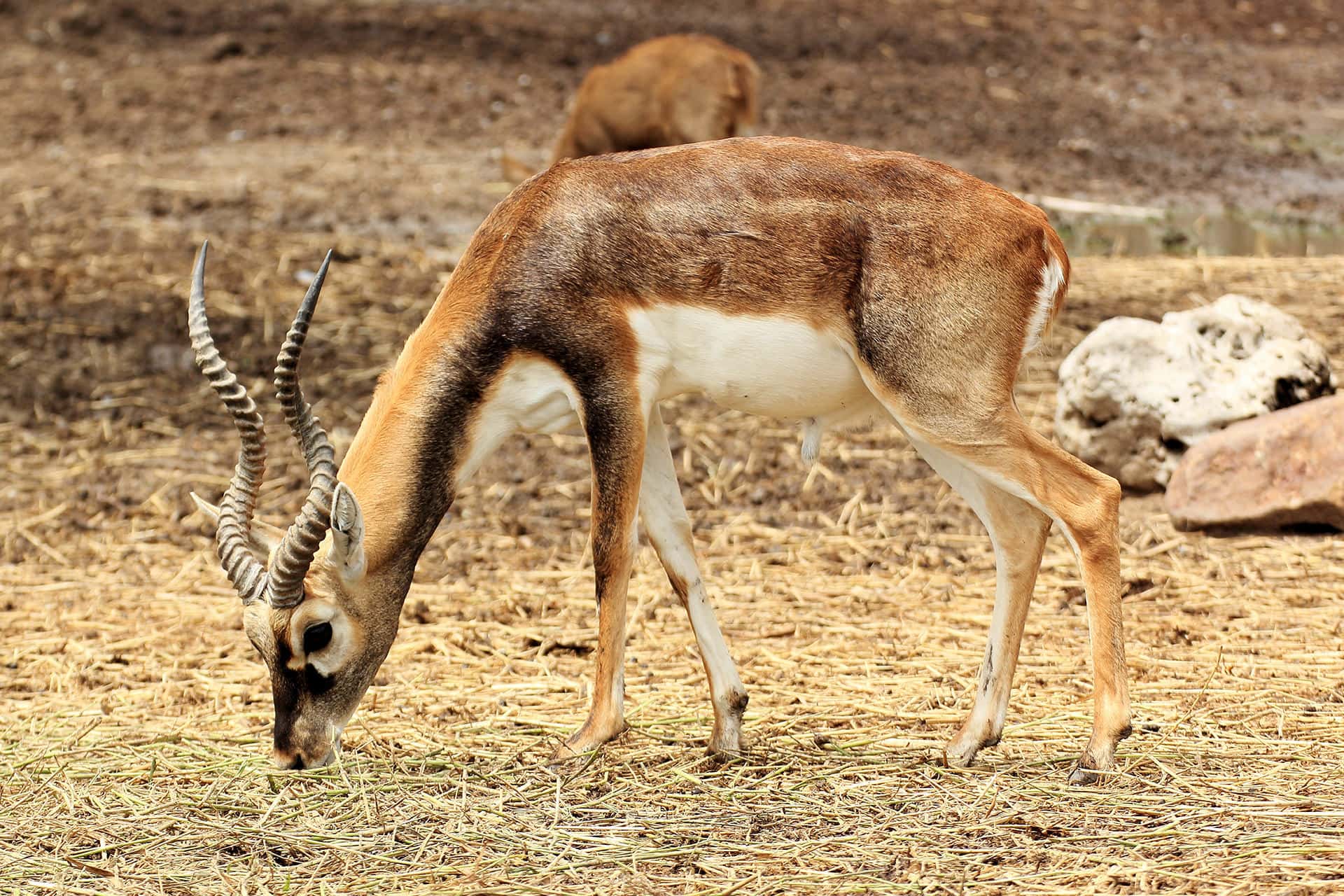
MKOMANZI NATIONAL PARK
Located in North Eastern Tanzania, Mkomazi National Park is bordered
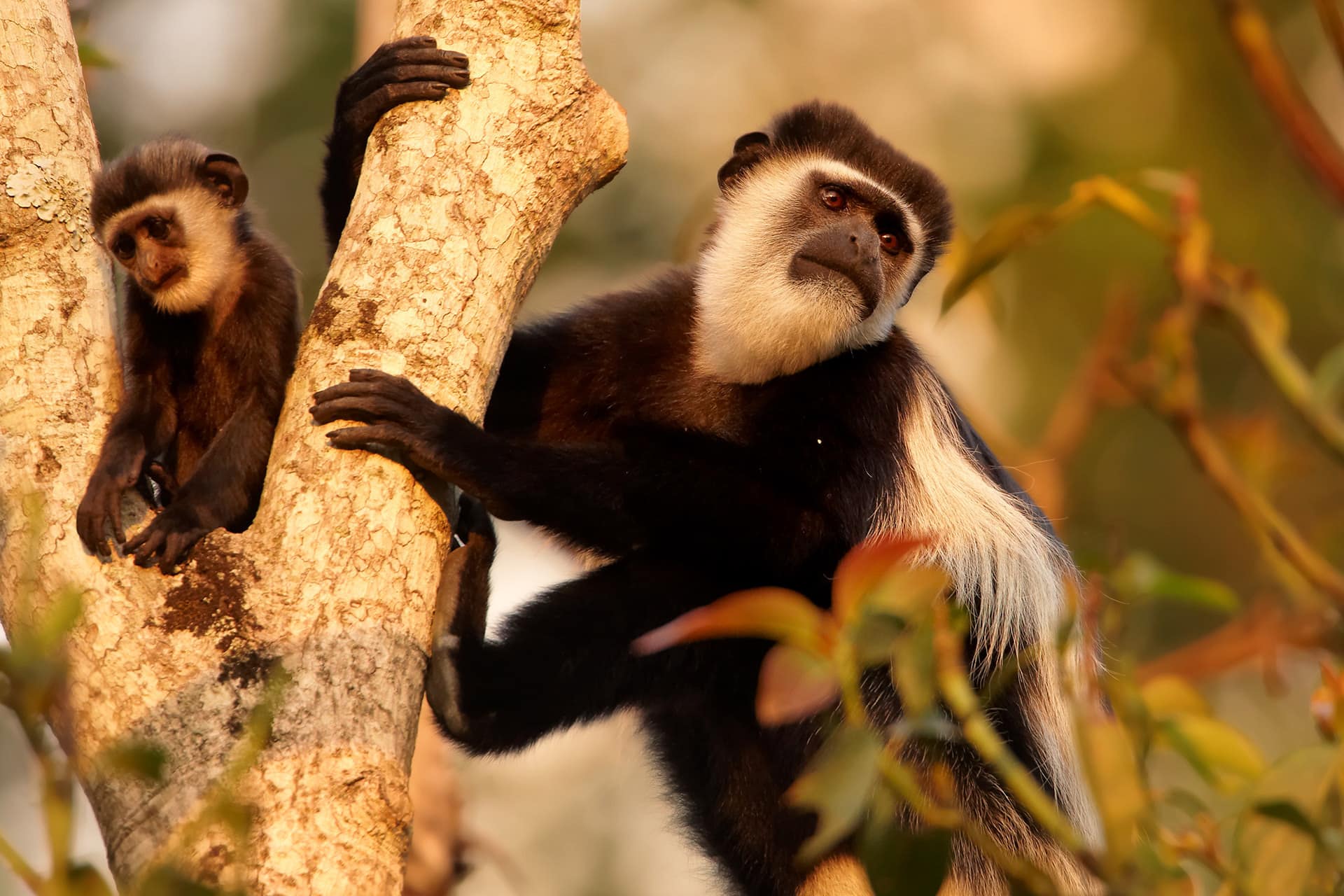
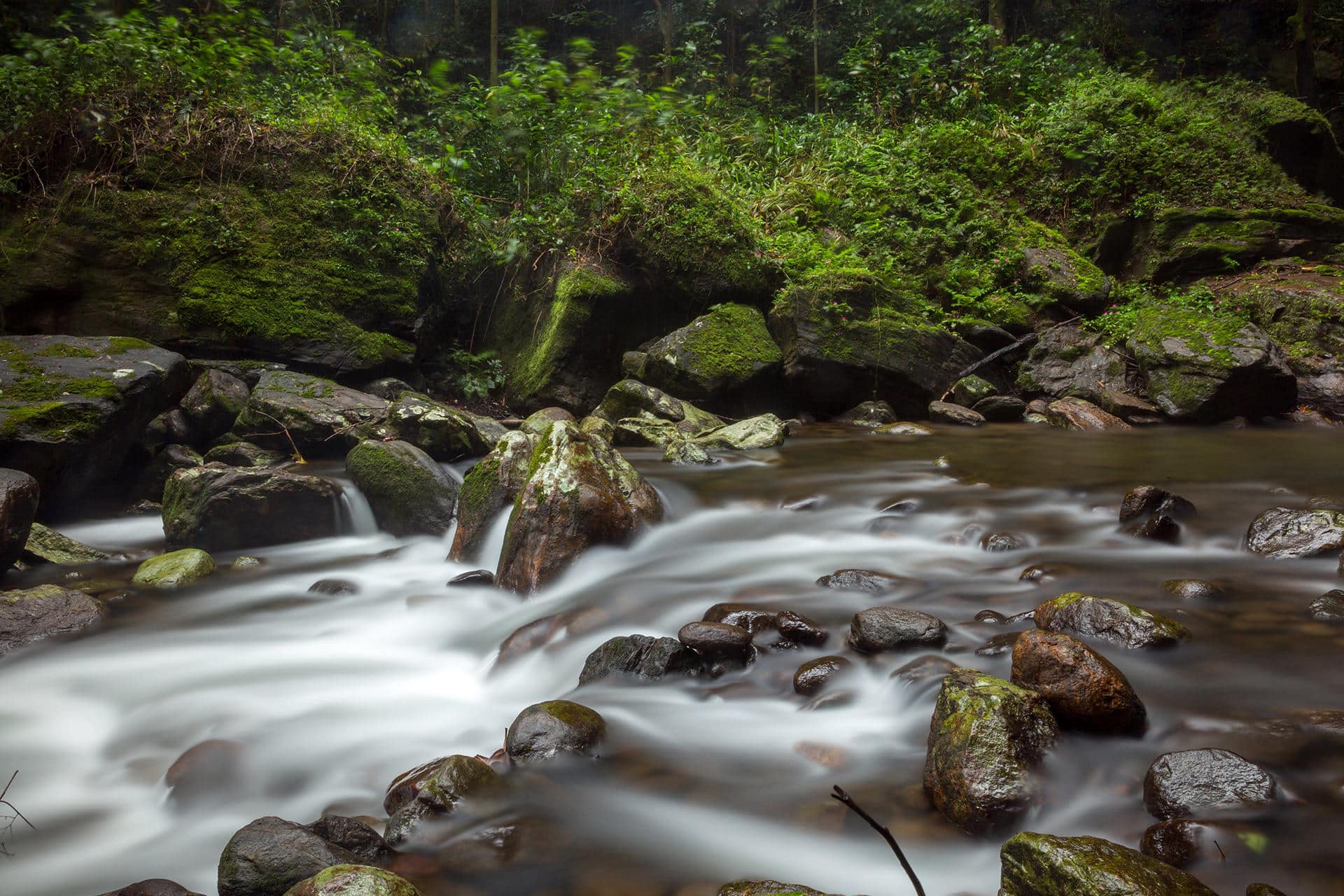
Climb Mount Kilimanjaro
If it is your dream to summit Kilimanjaro, Africa’s highest mountain, standing on the roof of Africa (5895 m/19341 ft) and enjoying the spectacular landscapes around, hiking through the untouched tropical forests full of wild animals, looking at the shiny sky and realizing that you are among the few people who did it.
This is definitely the easiest and probably the most popular route for climbing Mount Kilimanjaro. It’s often called coca cola route because
This is definitely the easiest and probably the most popular route for climbing Mount Kilimanjaro. It’s often called coca cola route because
The Rongai Route is the only route that approaches Kilimanjaro from the north, close to the Kenyan border. Though gaining popularity amongst climbers, Rongai
The second most popular option among the climbers is the Machame route, also known as “the Whiskey Route”. This route offers a
The second most popular option among the climbers is the Machame route, also known as “the Whiskey Route”. This route offers a
The Lemosho Route is widely considered to be the best route on Mount Kilimanjaro. Not too long ago, there were only two main routes
The Lemosho Route is widely considered to be the best route on Mount Kilimanjaro. Not too long ago, there were only two main routes
Check Our Day Tours
Where to visit
TANZANIA TOP DESTINATIONS
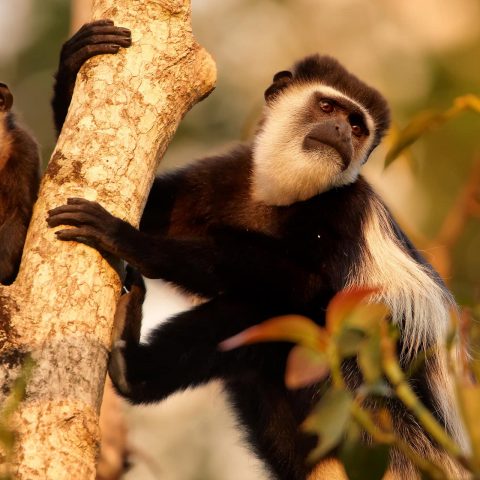
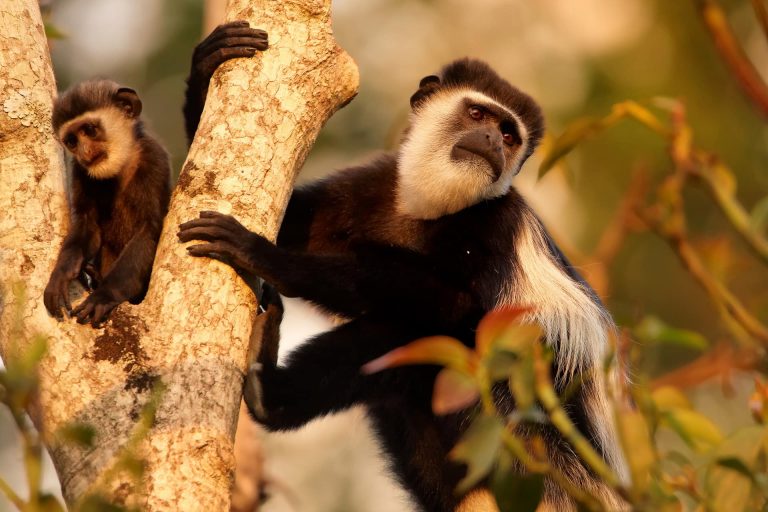
ARUSHA NATIONAL PARK
Arusha National Park is among of the smallest parks in Tanzania, covering only 137 square kilometers. It is situated a short distance from the city of Arusha, making it easy to visit on a day or half day adventure. The park has several completely different micro-habitats within its confines, from a soda lake which outfit a large number of flamingo to dense forest habitat for black and white colobus monkeys, a plain (or small Serengeti), a crater, and the hikable Mount Meru.
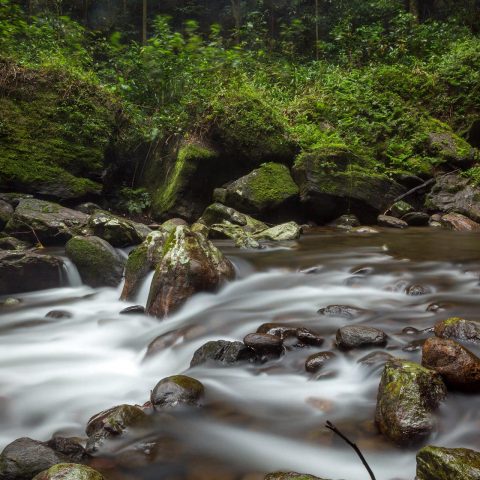
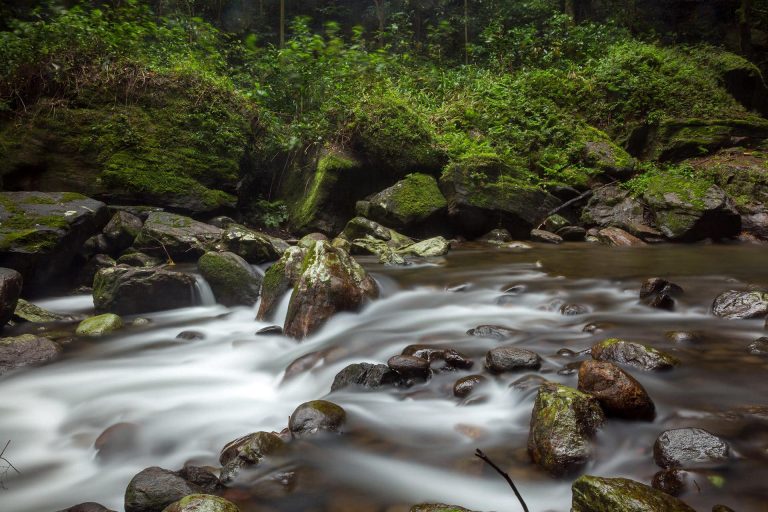
UDZUNGWA MOUNTAINS NATIONAL PARK
The biodiversity of this park is by far one of Tanzania’s most special features. Habitats include mountain forests, tropical rain-forests, Miombo woodlands, grasslands, and steppe. The Udzungwa Mountains are part of the Eastern Arc Mountains which are found in Kenya and Tanzania and were formed some 200 million years ago. Today they hold a unique collection of flora and fauna and cover only 2% of Tanzania’s area but hold between 30-40% of the countries plant and mammal species.
The vertical height of the Udzungwa forests ranges from 250 m to 2,576 m and with numerous forest trails, offering different kinds of activities, the park is a true hikers paradise. A half day tour to Sanje waterfall at a towering 170 m is worth doing.
The park is home of six primates, two of which are Iringa red colobus and the sanje crested Mangabey which occur nowhere else in the world. Other wildlife found in the parks includes elephants, leopard, bush bucks, duikers, palm civets, miombo genets, and hyenas.
Bird watchers are also in for a treat as the park boasts with over 400 species of birds. Some of them are endemic to the Eastern Arc Mountains and four of them are found only in Udzungwa. Other common birds include ruppells vultures, marabous, crowned eagles, malachite kingfishers, woodland, kingfishers, silvery cheeked hornbills, and trumpeter hornbills. Over 2500 species of plant have been identified in this park of which 25% are endemic to area.
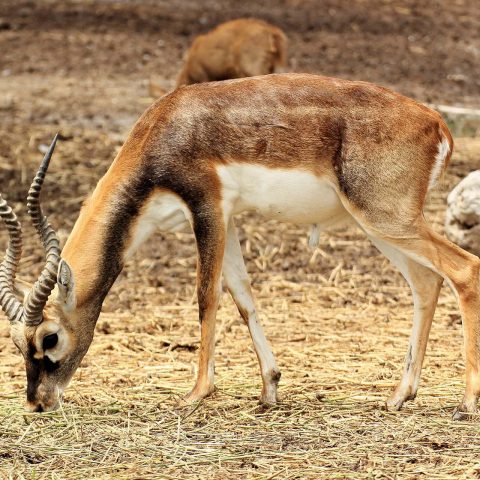
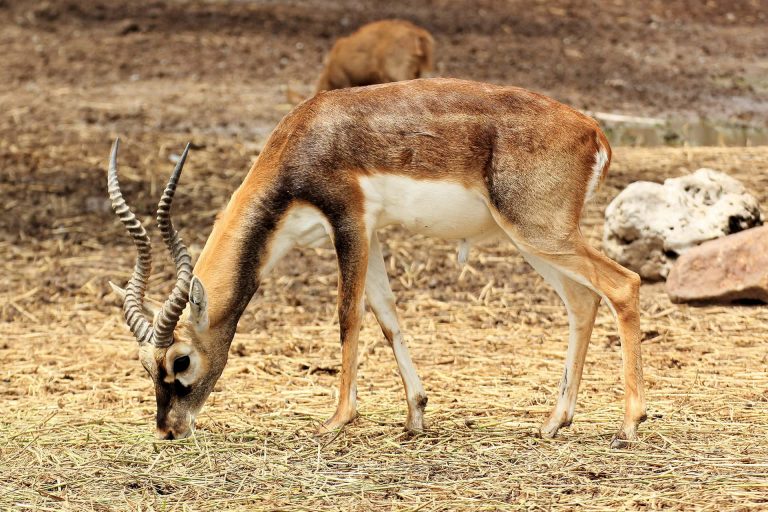
MKOMANZI NATIONAL PARK
Located in North Eastern Tanzania, Mkomazi National Park is bordered by Tsavo West National Park in Kenya to the north-east and by the Pare Mountains to the south-west. The park lies at the southern edge of the great arc of the Sahel region, between the Sahara to the north and a more humid zone (Sudan) to the south. The 3,701 km2 Mkomazi Park is predominantly dry and vegetated mostly by savanna vegetation.
The nature is dry open savanna dominated by acacia-commiphora vegetation, which is an ideal habitat for elephant, African buffalo, lion, leopard, lesser kudu, fringe-eared oryx, aardwolf, and gerenuk. In addition, the park is a refuge for two highly endangered species, the captivating black rhino and the African wild dog, both of which were successfully reintroduced in the 1990s.
Just over 390 species of birds have been recorded in Mkomazi, making it an ideal destination for birdwatchers. It was recently in 2007 that Mkomazi was upgraded to a national park.
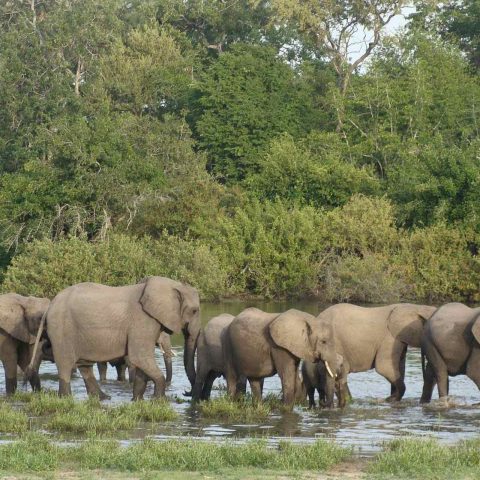
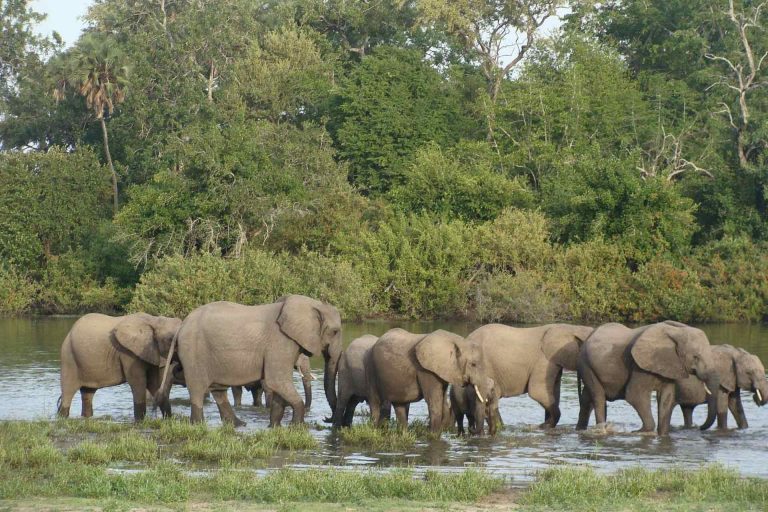
SELOUS GAME RESERVE
Selous Game Reserve is Africa’s largest Game Reserve and one of favorite game viewing areas in Africa. Covering a total area of about 54,000 square kilometers, is amongst the largest protected areas in Africa located in the South of Tanzania.
It was designated a UNESCO World Heritage Site in 1982 due to the diversity of its wildlife and undisturbed nature. Selous boasts Tanzania’s largest population of Elephant as well as large number of Lions, Leopard, African Hunting Dogs, Buffalo and Hippo. Species commonly seen are Bushbuck, Red and Blue Duikers, Eland, Hartebeest, Hyena, Giraffe, Oryx, Reedbuck, Impala, Waterbuck and Zebra. Yellow Baboon and Velvet and Blue Monkey are always common sight while families of Black and White Colobus may sometimes be seen moving from tree to tree. The bird-life in the Selous is prolific and the 400 species recorded including the globally threatened Wattled Crane and the Corncrake.
Africa’s largest and oldest Game Reserve is one of its most scenic wildlife destinations; the Selous is utterly beautiful. The beauty of the park is matched by the quality of a safari, the park has the widest diversity of safari activities ranging from Romantic Boat Safari along the Great Rufiji river, walking and compliment standard game driving in thriving wildlife areas.
The topography of the park varies from savannah woodland, grassland plains and the rocky outcrops cut by the Great Rufiji River and its tributaries, the Kilombero and Ruwegu, which together cover the great catchment area in East Africa. The Rufiji river which flows from North to South, provides the life-blood of the Selous. Linked to the Rufiji is lake Tagalala, where Elephant, Giraffe, Waterbuck, Reedbuck and Bushbuck gather at the water’s edge.
WHY VISIT SELOUS:
- Wild Nature
- All the plain mammals of East Africa can be encountered
- Best chances of seeing a wild dog, but still no guarantee
- Closeness to nature, thanks to good walking facilities and boat trips
- Rough but exceptional beauty of the natural environment
- A feeling of solitude because of the small number of visitors
WHAT TO DO:
- Wildlife safaris
- Walking safaris
- Boat safaris and canoeing
- Bird watching
- Sport Fishing
- Camping safaris
GETTING THERE:
- Scheduled and Charter flight
- Drive from Dar es Salaam
BEST TIME TO VISIT
- The best time to visit the Selous (for ease of game viewing) is during the dry season, between May and February.
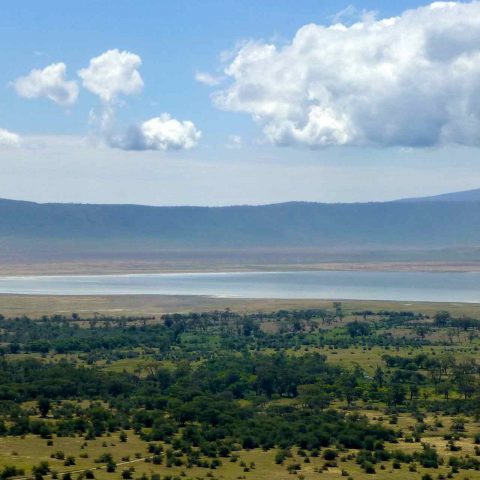
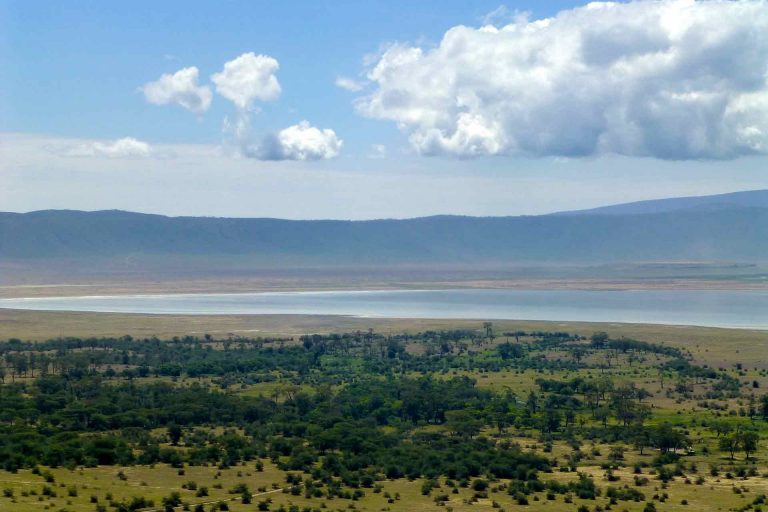
NGORONGORO CRATER
The Ngorongoro Crater is one of Africa’s most famous sites and is said to have the highest density of wildlife in Africa. A UNESCO World Heritage Site located 180 km west of Arusha in the Crater Highlands area of Tanzania. Sometimes described as an ‘eighth wonder of the world’, the Crater has achieved world renown, attracting an ever-increasing number of visitors each year. You are unlikely to escape other vehicles here, but you are guaranteed great wildlife viewing in a genuinely mind-blowing environment. There is nowhere else in Africa quite like Ngorongoro!
The Ngorongoro Crater is the world’s largest intact volcanic caldera. Forming a spectacular bowl of about 265 square kilometers, with sides up to 600 meters deep; it is home to approximately 30,000 animals at any one time. The Crater rim is over 2,200 meters high and experiences its own climate. From this high vantage point it is possible to make out the tiny shapes of animals making their way around the crater floor far below. Swathes of cloud hang around the rocky rim most days of the year and it’s one of the few places in Tanzania where it can get chilly at night.
The crater floor consists of a number of different habitats that include grassland, swamps, forests and Lake Makat (Maasai for ‘salt’) – a central soda lake filled by the Munge River. All these various environments attract wildlife to drink, wallow, graze, hide or climb. Although animals are free to move in and out of this contained environment, the rich volcanic soil, lush forests and spring source lakes on the crater floor (combined with fairly steep crater sides) tend to incline both grazers and predators to remain throughout the year.
WILDLIFE IN NGORONGORO
Ngorongoro Crater is one of the most likely areas in Tanzania to see the endangered Black Rhino, as a small population is thriving in this idyllic and protected environment. It is currently one of the few areas where they continue to breed in the wild. Your chances of encountering Leopard here are also good, and fabulous Black-maned Lions. Many Flamingos are also attracted to the soda waters of Lake Magadi. Larger groups of Buffalos, Zebras and Wildebeest are very common in the crater.
OLDUVAI GORGE
- The Ngorongoro Conservation Area also protects Olduvai Gorge, situated in the plains area. It is considered to be the seat of humanity after the discovery of the earliest known specimens of the human genus, Homo habilis as well as early hominidae, such as Paranthropus boisei. The Olduvai Gorge or Oldupai Gorge is a steep-sided ravine in the Great Rift Valley, which stretches along eastern Africa. Olduvai is in the eastern Serengeti Plains in northern Tanzania and is about 30 miles long. It lies in the rain shadow of the Ngorongoro highlands and is the driest part of the region. The gorge is named after ‘Oldupaai’, the Maasai word for the wild sisal plant, Sansevieria ehrenbergii.
MAASAI VILLAGE TRIPS
- Part of the reason behind the Ngorongoro Conservation Area has been to preserve the environment for the Maasai people who were diverted from the Serengeti Plains. Essentially nomadic people, they build temporary villages in circular homesteads called Bomas. There are possibilities to visit a couple of these now, which have been opened up for tourists to explore. Here you can see how the huts are built in a strict pattern of order according to the chronological order of the wives, and experience what it must be like to rely on warmth and energy from a fire burning at the heart of a cattle dung dwelling with no chimney. These proud cattle herding people have a great history as warriors, and even though they are no longer allowed to build villages inside, they continue to herd their cattle into the crater to graze and drink, regardless of the predators nearby.
THE SHIFTING SANDS
- Beyond the Olduvai Gorge, about 15 km northwest there is a remarkable volcanic ash known as the ‘shifting sand’. It is believed and observed that this elegant black sand dune is constantly being pushed by the Eastern winds and slowly inch by inch it moves forward across the Ngorongoro crater’s plains. It has been estimated that the Ngorongoro dune moves at about 17 meters per year. The volcanic ash it’s believed to have being originated from the Mount Oldonyo Lengai volcanic eruption. This mountain is an active volcanic mountain and its recent eruption happened in the year 2007.
WHY VISIT NGORONGORO:
- All the Mammalian fauna essentially to the East African can be found in the Ngorongoro crater
- Big migrations, an outstanding natural event on the plain in the west and North
- Best Chances to see rhino in Tanzania
- Superb scenery, extending from plains to volcano
- An extremely popular park
WHAT TO DO:
- Game viewing in the crater
- Safaris in the crater’s highlands
- Walking to the museum
- Hiking with a guide – a good variety of trails
- Birds watching in the crater
- Cultural tourism with Maasai and Hadzabe tribes
- Archeological finding at Olduvai Gorge and shifting sand attraction
BEST TIME TO VISIT
- Since the wildlife mainly stays in the crater all year round, there is really no good or bad time to visit. However, given that the crater floor does get busy with vehicles, it can be more pleasant to visit during low season. Higher water levels in Lake Magadi (in the center of the Crater) also result in higher concentrations of flamingos. Whenever you visit to Ngorongoro, you are guaranteed excellent safari action.
GETTING THERE:
- Easy drive from Arusha or Lake Manyara
- Scheduled and Charter flight
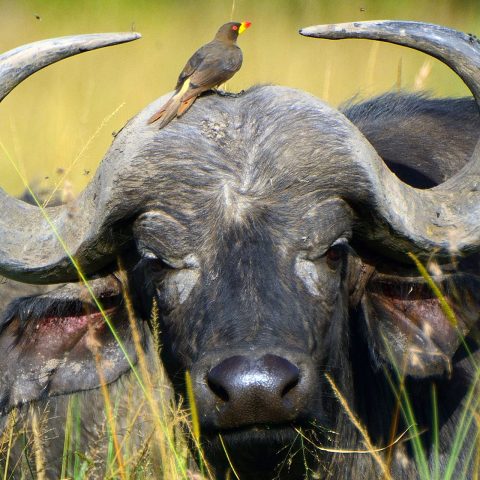
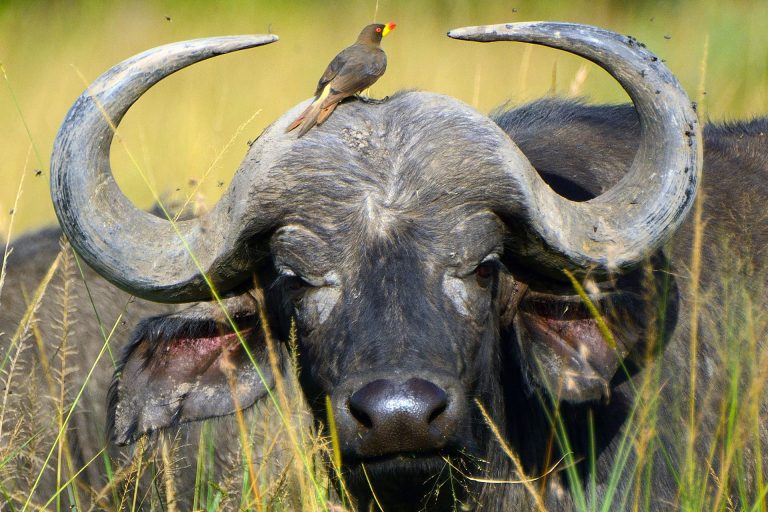
SAADANI NATIONAL PARK
The park is situated between Dar es Salaam (200 km, 4 hours) and Tanga (75km, 3 hours) and borders the mainland coast.
The Saadani National Park is home to a variable mix of both marine and mainland flora and fauna. The vegetation in the park is quite unique and includes mangrove forests around the winding Wami River and ocean, clumps of palm trees, coral reefs in the Indian Ocean, short and tall-grass savannah, and the harsh black cotton plains.
In terms of wildlife, Saadani has a thriving population of waterbucks, wildebeests, hartebeests, reedbucks, buffaloes, and giraffes. Warthogs, baboons, and colobus monkeys are often spotted, while elephants, lions and leopards are quite shy. But even for ornithologists this place is truly spectacular. A boat safari on the Wami River is a true highlight for any visitor and apart from pods of hippos and huge crocodiles, malachite, pied and even giant kingfishers can also be seen. Other common birds include the woolly necked stork, common sand pipers, lilac-breasted rollers, palm nut vultures, fish eagles and ground hornbills.
In Sadaani National Park you can enjoy game drives, boat safaris and walking safaris accompanied by an armed ranger. Historical tours to the old Saadani fishing village to see the remains of buildings that existed when this place was a bustling port trading ivory and slaves, can also be organized. Even cultural tours to the main ethnic tribes in the area (Waswahili, Wazigua and Wadoe) are on offer. Further ethnic groups from other regions have also migrated to the region because of better trade opportunities. The Wamangati, originally from the Ngorongoro Conservation Area, send their cattle to Zanzibar on traditional dhows to make a living.
Unlike as in other national parks in Tanzania, visitors can combine a safari with a relaxing beach stay in Saadani National Park. The beaches are clean and lined with palm trees. Saadani’s coast is hot and humid and swimming is pleasant with the ocean’s temperatures usually reaching around 25°C. Maziwe reef can easily be reached by boat from anywhere along the Saadani coast.
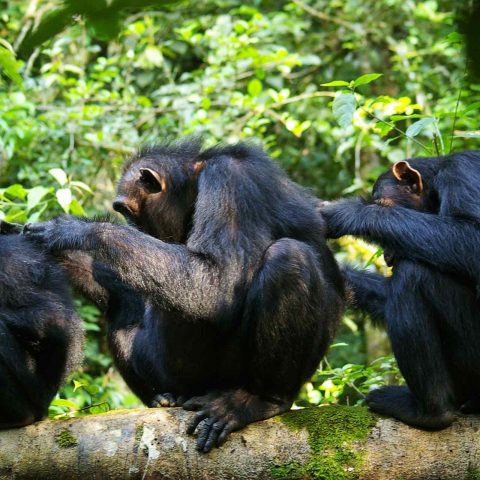
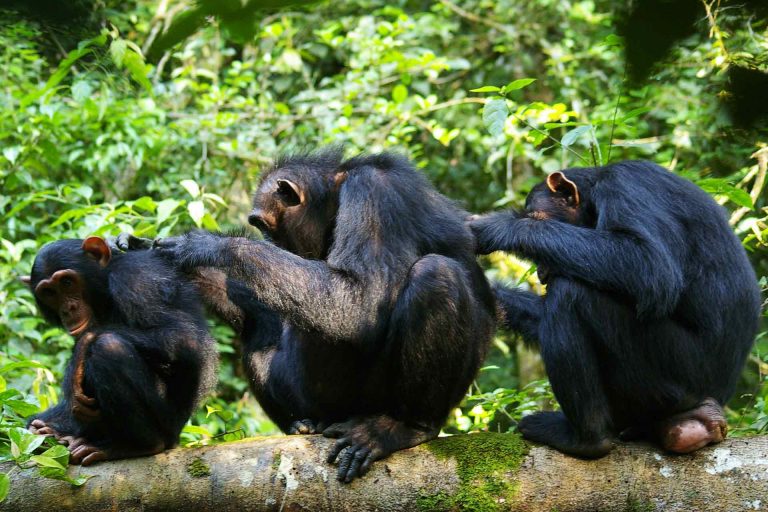
MAHALE MOUNTAINS
Mahale Mountains National Park lies on the shores of Lake Tanganyika in western Tanzania. Named after the Mahale Mountains range that is within its borders, covers an area of 1 613 km² and is located about 128 km south of Kigoma town on the eastern shore of Lake Tanganyika.
Though it is well-known for chimpanzees and baboons, Mahale Mountains National Park has also savannah adapted species of East and South Africa, forest adapted species of West and Central Africa or Congo Basin animals. Among them are the giant squirrel, red-legged sun squirrel, brush-tailed porcupine, Angolan black and White-Colobus (which are regarded to be a new species in this area), Bushy-tailed mongoose, and sharp’s grysbok. Besides the Chimps, Leopard, Lion, Kudu, Eland, Buffalo, Roan and Sable antelope, and a host of other game wander through this reserve.
WHY VISIT MAHALE:
- A chance to watch chimpanzee in the wild
- A heaven for Nature-loving tourists specialized in bird’s plants, butterflies or fresh water fish
- Rugged scenery: mountains, waterfalls, a view of the lake as far as the Congo
- A great feeling of solitude (only a couple of hundred visitors a year)
- An exceptionally varied destination as a whole: Opportunities to combine watching the wildlife and enjoying the superb scenery with tranquility, hiking, mountain treks and diving in the crystal-clear waters of the lake. (with a varied fauna of freshwater fish)
- Beach along Lake Tanganyika
- Sun set on the Lake horizon
WHAT TO DO:
- Chimp tracking (allow two days)
- Hiking to the Park’s highest point
- Camping safaris
- Snorkeling
- Ports fishing
- Canoeing
BEST TIME TO VISIT
- The dry season (May -October) is the best period. During this period, chimpanzees are likely to be seen in big groups, the sunshine illuminates the fish in the Lake and the beach is an inviting place to relax. However, Mahale Mountains National Park is accessible all year round. A visit in the rainy season can also be a memorable experience, made remarkable by views of the neighboring country DR Congo across the water and by incredible lightning storms that light up the lake at night.
GETTING THERE:
- Accessible by road and boat
- Charter flight
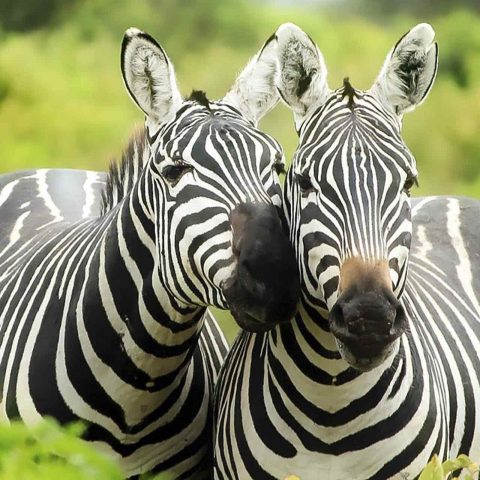
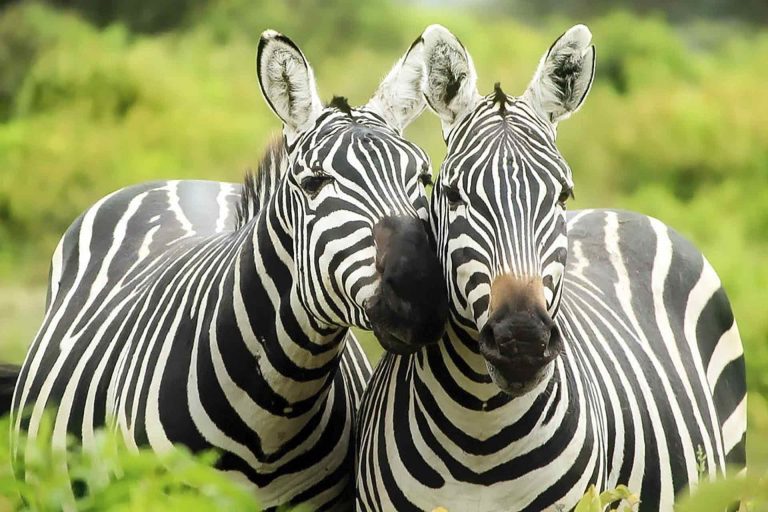
MIKUMI NATIONAL PARK
Mikumi National Park lie alongside the Northern border of Africa’s biggest Game Reserve – the Selous Game Reserve– forming a unique ecosystem, and is divided by the surfaced road between Dar es Salaam and Iringa. It is thus the most accessible part of a 75,000 square kilometer tract of wilderness that stretches East almost as far as the Indian Ocean. Other natural areas bordering the National Park are the Udzungwa Mountains and Uluguru Mountains. A good surfaced road connects Mikumi to Dar es Salaam via Morogoro, a roughly 4-hour drive.
The open horizons and abundant wildlife of the Mkata Floodplain, the popular centerpiece of Mikumi, draw frequent comparisons to the more famous Serengeti Plains. Lions survey their grassy kingdom – and the Zebra, Wildebeest, Impala and Buffalo herds that migrate across it – from the flattened tops of termite mounds, or sometimes, during the rains, from perches high in the trees. Giraffes forage in the isolated acacia stands that fringe the Mkata River, islets of shade favored also by Mikumi’s Elephants.
Criss-crossed by a good circuit of game-viewing roads, the Mkata Floodplain is perhaps the most reliable place in Tanzania for sightings of the powerful Eland, the world’s largest Antelope. The equally impressive Greater Kudu and Sable Antelope haunt the Miombo-covered foothills of the mountains that rise from the park’s borders.
More than 400 bird species have been recorded, with such colorful common residents as the Lilac-breasted roller, Yellow-throated Long claw and bateleur eagle joined by a host of European migrants during the rainy season. Hippos are the star attraction of the pair of pools situated 5km north of the main entrance gate, supported by an ever-changing cast of water birds.
WHAT TO DO:
- Wildlife safaris
- Walking safaris
- Bird watching
- Camping safaris
GETTING THERE:
- Charter flight
- Drive from Dar es Salaam
BEST TIME TO VISIT
- Accessible all year round.
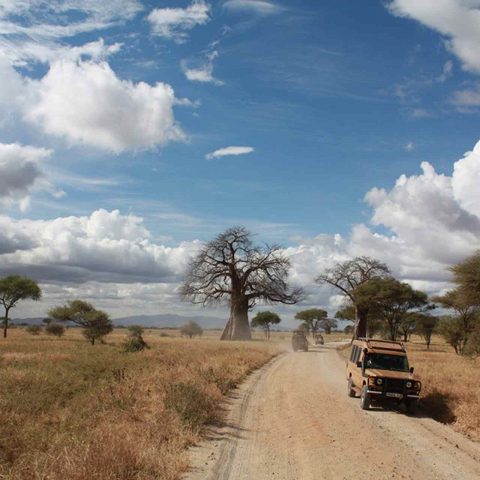
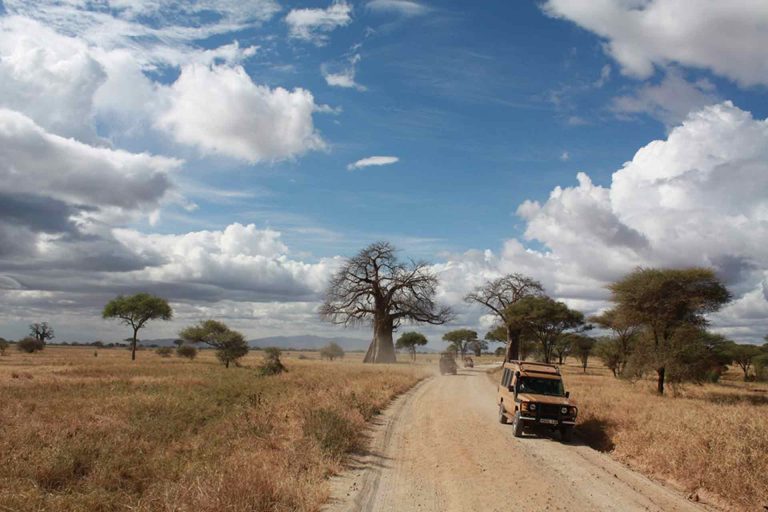
TARANGIRE NATIONAL PARK
Tarangire National Park is the sixth largest national park in Tanzania with 2,600 sq. km (1,005 sq. miles), after Ruaha, Serengeti, Mikumi and Katavi. The name of the park originates from the Tarangire river that crosses through the park, being the only source of water for wild animals during dry seasons. Along the banks of this river you will find herds of Wildebeest and Zebra, followed by Grant’s Gazelle, Thomson’s Gazelle and many others. Creep around in the background lion and leopard keep a watchful eye on a possible meal. During the dry season thousands of animals migrate to the Tarangire National Park from Manyara.
WILDLIFE IN TARANGIRE
The park is famous for its huge number of Elephants, Baobab trees and tree climbing lions and Pythons. The park offers views of grass and floodplains with impressive baobab and flat topped acacia trees scattered throughout. Visitors to the park can expect to see any number of resident Zebras and Wildebeests in addition to the less common animals. Other common animals include Waterbuck, Giraffe, and Olive Baboons. Home to more than 550 species, the park is a haven for bird enthusiasts who can expect so see dozens of species even in the dry season.
WHY VISIT TARANGIRE NATIONAL PARK
- Essentially all animals of the East African Plain can be seen here.
- Large herd of Elephants
- Some species of large mammal seen here like include beisa Oryx
- Spectacular natural beauty – savanna landscape, majestic baobabs, river valleys
- Easy to rich
WHAT TO DO:
- Game drive safaris
- Guided Walking safaris
- Day trips to Maasai and Barabaig villages, as well as to the hundreds of ancient rock paintings in the vicinity of Kolo on the Dodoma Road.
GETTING THERE:
- Easy drive from Arusha or Lake Manyara
- Scheduled and Charter flights
BEST TIME TO VISIT
- Year round but dry season (June – September) for sheer numbers of animals.

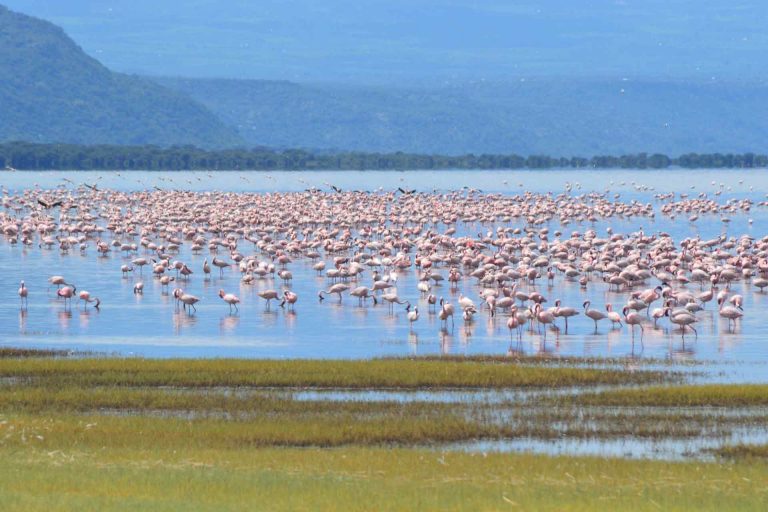
LAKE MANYARA NATIONAL PARK
Located on the way to Ngorongoro Crater and the Serengeti, Lake Manyara National Park is worth a stop in its own right. Its ground water forests, bush plains, baobab strewn cliffs, and algae-streaked hot springs offer incredible ecological variety in a small area, rich in wildlife and incredible numbers of birds.
The alkaline soda of Lake Manyara is home to an incredible array of bird life that thrives on its brackish waters. Pink Flamingo stoop and graze by the thousands colorful specks against the grey minerals of the lake shore. Yellow-billed storks swoop and corkscrew on thermal winds rising up from the escarpment, and herons flap their wings against the sun-drenched sky. Even reluctant bird-watchers will find something to watch and marvel at within the national park.
BIRDLIFE IN LAKE MANYARA
Lake Manyara provides the perfect introduction to Tanzania’s birdlife. More than 400 species have been recorded, and even a first-time visitor to Africa might reasonably expect to observe 100 of these in one day. The birdlife here is exceptionally varied, in the middle of the lake you’ll often see flocks of Pelicans and the pink-shading of distant Flamingos, whilst the margins and floodplains feed innumerable Herons, Egrets, Stilts, Stalks, Spoonbills and other waders. With so much water around, the woodlands are equally productive, but it’s the evergreen forests where you’ll spot some more entertaining species such as the noisy silvery-cheeked Hornbills, Crowned Eagles and Crested Guinea Fowl.
WHY VISITING LAKE MANYARA NATIONAL PARK
- The unique and conspicuous ground water forest
- The rich flora of the ground water forest
- An amazing profusion of birdlife, particularly on the lake shore
- A good cross-section of all the essential feature of nature in Tanzania
- Fascinating element of Landscape
- Easy to reach but a popular park
WHAT TO DO:
- Game drives
- Bird Watching
- Canoeing when the water levels is sufficiently high
- Cultural tours
GETTING THERE:
- Drive from Arusha enroute to Ngorongoro and Serengeti National Park
- Scheduled and Charter flights
BEST TIME TO VISIT
- Dry season (July – October) for large mammals; Wet season (November – June) for bird watching, the waterfalls and canoeing.










